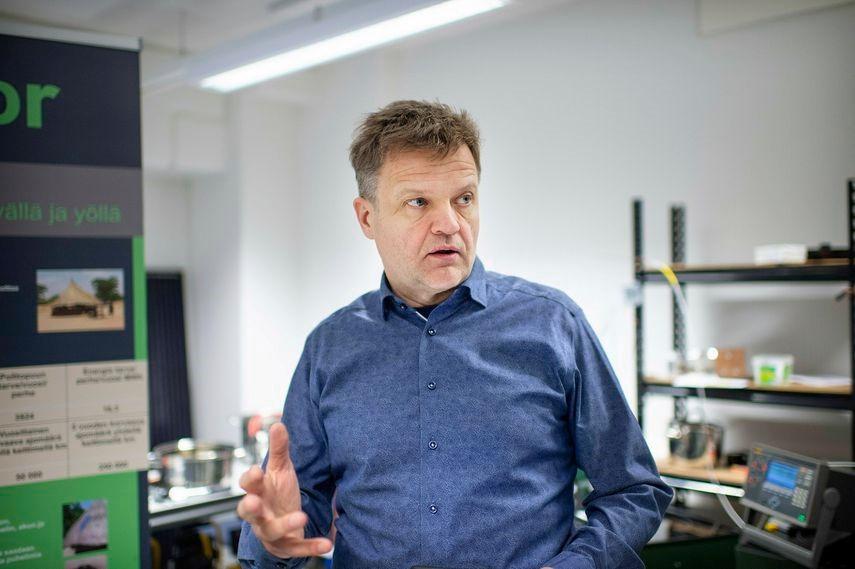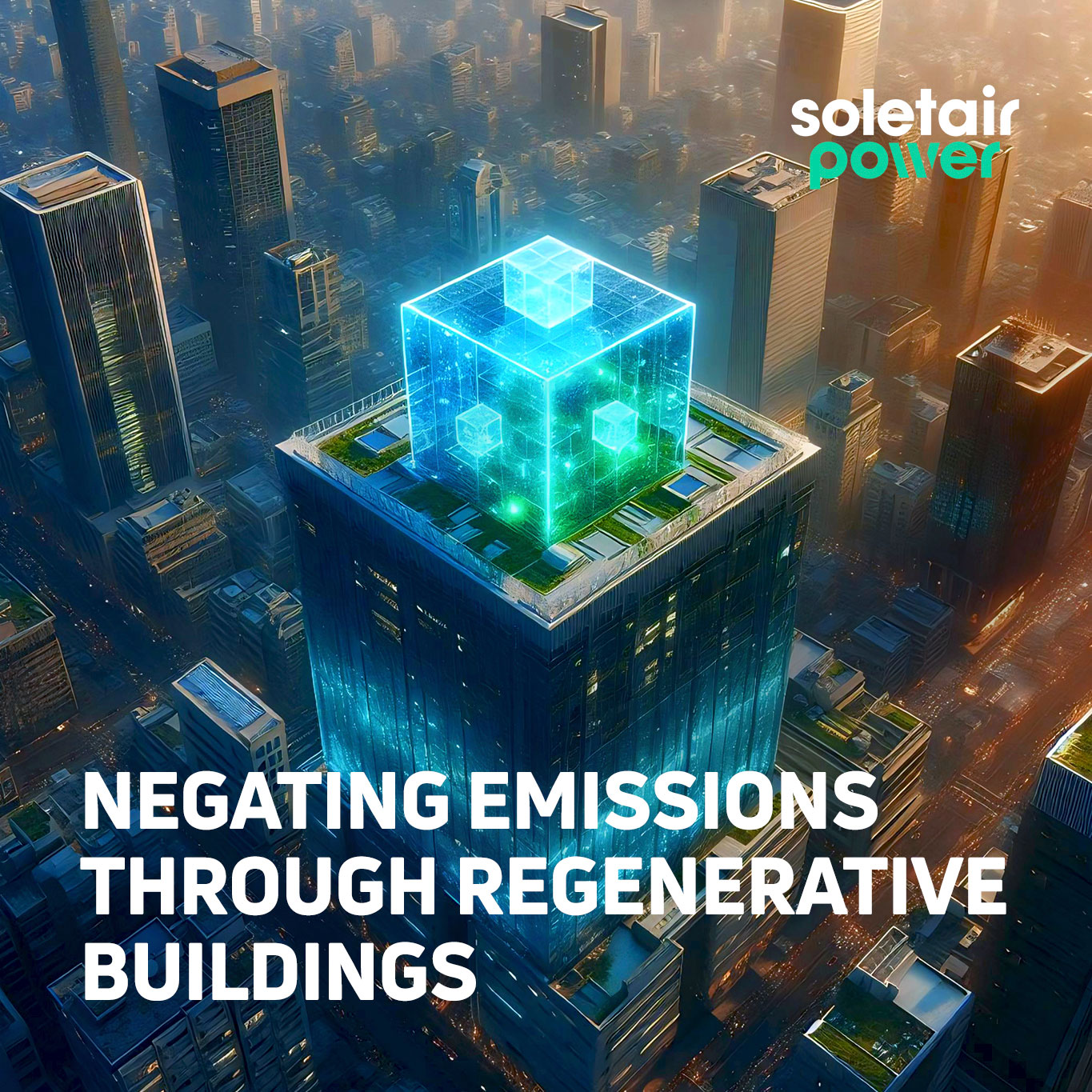The global transition in the economy has led to the majority of operations being executed in indoor office environments. The operational focus switched from the manufacturing sector towards the knowledge-based and service sectors, for which personnel costs represent around 85% of total operational expenditures according to the British Council for Offices. As a consequence, the effect of the indoor environment on office workers and their performance became a research topic of current interest all over the world.
The strong positive effect of the conductive office environment on work efficiency was revealed by numerous scientific studies. Moreover, there are clear financial incentives for companies to enable efficient and comfortable workplaces as it leads to decreased absenteeism and staff turnover while improved productivity and satisfaction of employees.
Comfort of occupants
How can the comfort of office occupants be defined? Despite being subjective in nature, comfort is characterized by an absence of unpleasant sensations. It also provides positive effects on human well-being and reduces stress levels enabling long-term health.
Comfort in an office environment is divided into physical, functional and physiological comfort. Physical comfort is the most impersonal and well-studied and refers to air quality, indoor climate, noise, etc. It has to be thoroughly controlled to enable an efficient working environment e.g. by keeping CO₂ concentration around outdoors values. Functional comfort is defined by disturbances, distance from work, interruptions and resource availability. Together with psychological comfort, which depends on privacy and territoriality, it varies from person to person and hence is challenging to manage. Mentioned above types of comfort create a conducive and efficient workplace ensuring high productivity of employees.
Efficient workplace
What does an efficient workplace mean in practice? To answer this question researchers have outlined eight Indoor Environmental Quality (IEQ) factors that impact office occupant performance is comprehensively analyzed by Y. Al Horr et al based on over 300 papers from 67 journals. These factors include Indoor air quality and ventilation, lighting and daylighting, Thermal comfort, Noise and acoustics, Biophilia and views, Office layout, Look and feel and Location and amenities. The IEQ factors have complex interactions and a strong crossover between them.
The key factor of Indoor air quality and ventilation is highly interrelated on CO₂ concentration inside the building. In turn, the indoor CO₂ level is affected by various static and dynamic parameters. They include, but are not limited to outdoor climate, building conditions like construction and material, HVAC systems, indoor space arrangements like equipment and furnishing as well as inhabitants’ performance patterns. The normal level of CO₂ is equal to the current outdoor concentration which is just above 400 part-per-million (ppm).
Significantly increased CO₂ concentration is felt like thin air that is hard to breathe. However, CO₂ negatively affects our body much earlier than we start to feel it i.e. on the concentrations a little higher normal level. The substantial dissatisfaction with air quality in the office highlights reduction of cognitive functions and corresponding productivity of employees and results in health issues such as sick building syndrome, allergies and asthma. So, the efficient workplace can be organized only with indoor CO₂ levels under permanent control.
Factually, the majority of the building fund that will remain in 2050 has already been built according to the report made under The United Nations Environment Programme – Sustainable Building and Climate Initiative (UNEP-SBCI) in 2009. Hence, the solution to enable good air quality in the workplace for existing office buildings is essential to ensure the productivity of employees in the short- and long term.
Carbon minus
Soletair Power’s Carbonminus technology can be a key enabler of an efficient and conducive office environment. We innovated a CO₂ tracking device that may be installed in your office for 2 weeks to measure CO₂ concentration and corresponding cognitive performance loss. Then, these factual data could quantitively show the positive effect that can be achieved with Carbonminus for your specific case including financial benefits. Our technology not only ensures the physical comfort of office workers via an efficient workplace but also enables the production of carbon-neutral fuels for various applications.
Frequently Asked Questions (FAQs)
Being carbon neutral, companies measure the amount of carbon they release and offset that with a reduction in emissions or removal of carbon. On the other hand, becoming carbon negative requires a company to remove more carbon dioxide from the atmosphere than it emits.
Net Zero means that any carbon dioxide released into the atmosphere from the company’s activities is balanced by an equivalent amount being removed.
Zero Emission means there’s no CO₂ released at all. No technology in the world is truly zero emissions. Even the greenest of tech has embedded emissions. These are emissions that are created in the manufacturing of technology. So there might be zero ongoing emissions from use.
A company can become carbon negative if the amount of CO₂ emissions they remove from the atmosphere is bigger than the amount of CO₂ emissions they put into the atmosphere. The impact is positive, meaning they’re actively doing something to better the climate. It is important to consider: what is included in the emission calculations, how the emissions are compensated, and how compensation fits into emission reduction efforts.








